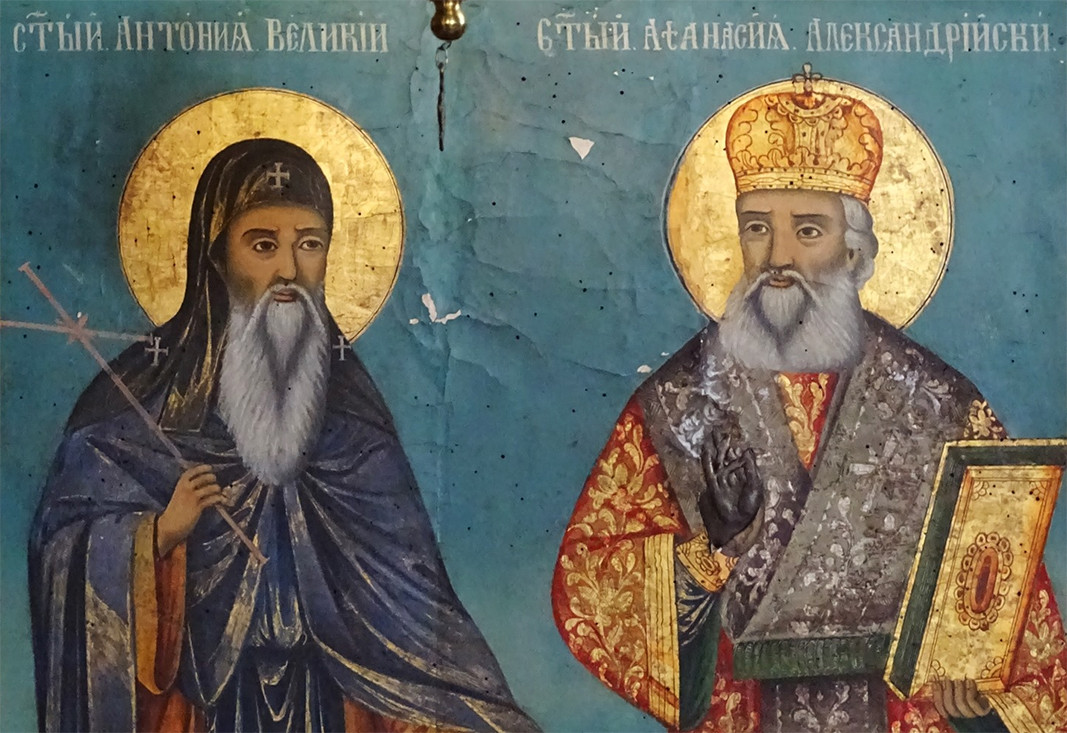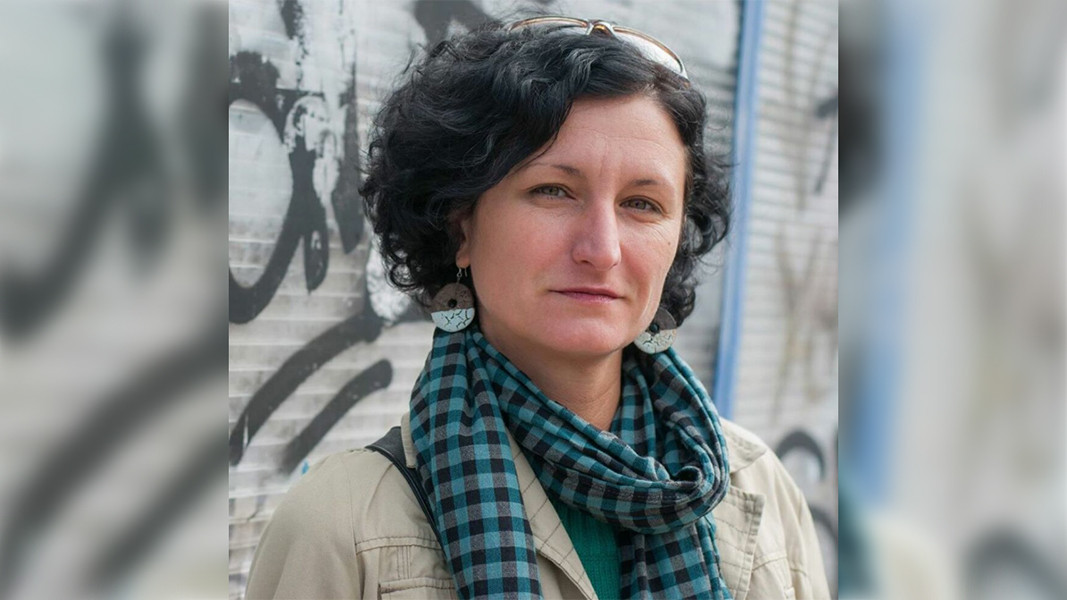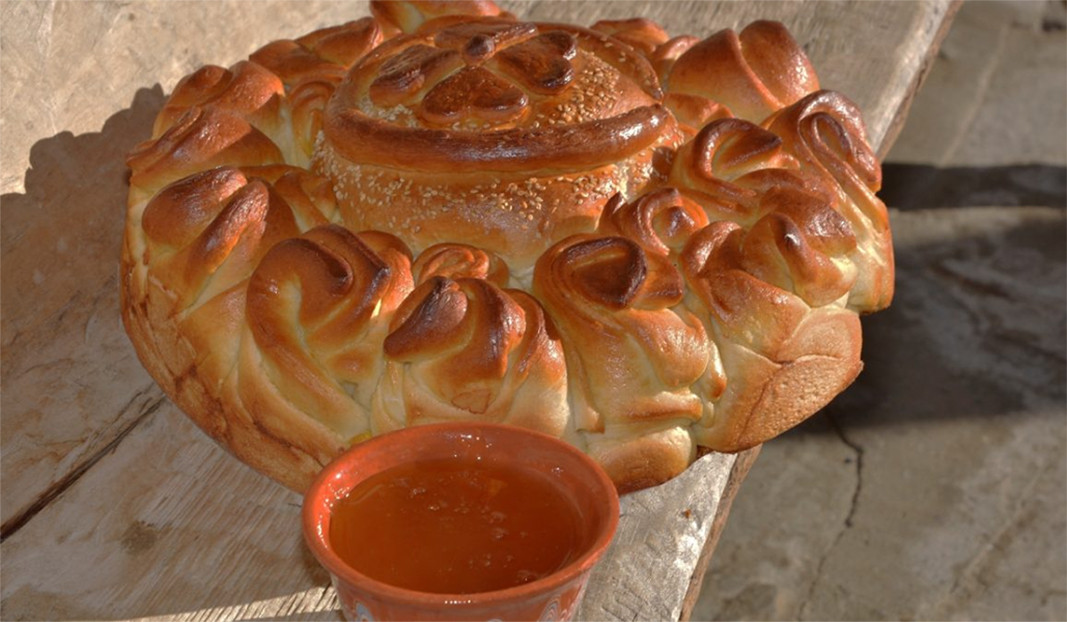Atanasovden, also known as Midwinter in our folk calendar, is a holiday on which the Orthodox Church and our folklore pay tribute to St. Athanasius the Great – Archbishop of Alexandria and a fighter against Arianism (church heresy which rejects the traditional notion of the Trinity and considers Jesus to be a creation of God).
Born in 295 AD in Alexandria, St. Athanasius showed abilities in his early childhood that would later define him as a spiritual shepherd and a zealous fighter against heresies. He was often seen playing a bishop and baptizing his friends in the sea. At the age of only 23, Athanasius the Great was ordained a deacon, and in 325 AD, at the Council of Nicaea, he succeeded in opposing the followers of Arianism and promoting the doctrine of the Holy Trinity. A year later, the saint was ordained Archbishop of Alexandria, but his struggle with church heresies continued throughout his earthly life, which also led to his acquaintance with St. Anthony, becoming his disciple. The figures of these two saints remain intertwined in ecclesiastical, historical, spiritual folklore and folkloric aspects to this day.

"According to folk beliefs, however, St. Anthony and St. Athanasius were brothers, and even twins, and the Feast of St. Anthony (Antonovden) and the Feast of St. Athanasius (Atanasovden) are connected with certain rituals and beliefs, which incorporate pre-Christian notions of the world, magic, as well as elements of Christianity itself", explains Associate Professor Dr. Veselka Toncheva, ethnographer, ethnomusicologist and musical anthropologist from the Institute of Ethnology and Folklore Studies with Ethnographic Museum at the Bulgarian Academy of Sciences and adds:

"According to Christian doctrine, St. Anthony and St. Athanasius knew each other. They were teacher and disciple, with St. Anthony being 44 years older. Furthermore, we know that he was a healer, which somehow transferred to the other saint as well. This idea gives rise to the belief in our folklore that the two of them are patron saints of the plague. In folklore, the plague is demonic in nature as are smallpox, epilepsy and a number of other diseases", says Associate Professor Toncheva.
All of this leads to the emergence of new characteristics for the saints. One of them is the folk belief that the two brothers forged a chain to bind the plague. For this reason, the Feast of St. Athanasius (Atanasovden) is accompanied by many rituals and customs related to the treacherous disease, which, in folklore, has taken on the characteristics of a real human figure. People called the plague ''auntie'' to avoid summoning it by mentioning its name. On St. Athanasius' Day, they would make bread coated with honey and treacle (madzhun) to appease the plague.

"The two saints also take on the image of blacksmiths", says Associate Professor Toncheva and adds:
"There are also other legends and stories. One of them is related to the belief that they invented the blacksmith tongs. Before that, people used to put their hands in the furnaces, which was very painful. According to our folklore, one of the saints saw a puppy lying cross-legged in front of the smithy. Thus, he came up with the idea to make blacksmith tongs. Another legend has it that St. Athanasius used to touch fire with his bare hands. This way, people realized that he possessed some kind of sacred power".

Associate Professor Veselka Toncheva explains that the reason for these beliefs and perceptions should be sought in the natural human desire to find security in an uncertain world, ''to understand the world and find the mechanisms to cope. Folkloric thinking deals with mysticism, magic and mythological patterns with a kind of pragmatism", concludes Associate Professor Veselka Toncheva.
See also:
March 9 is the feast day of the Church of the Forty Martyrs in the town of Veliko Tarnovo - a place of exceptional importance for the Bulgarian statehood, which worthily preserves the memory of the glorious Tarnovo kings. On March 9, the..
Father Lyubomir Leontinow is one of three priests at the Cathedral of St Boris the Conqueror in Berlin and was the first priest ordained for the Western and Central European Diocese in 1994. After completing his theology studies in Bulgaria, he settled..
After Cheesefare (Forgiveness) Sunday, the Great Lent has begun on March 3. Orthodox Christians will abstain from eating animal food including meat, eggs, milk and dairy products. The Great Lent symbolizes the 40 days which Jesus spent in the..
Passion Week is the last week before Easter. It is also the most austere week of fasting at the end of the long Great Lent, which prepares the faithful for..
Holy Tuesday is a day for teachings and final moral instructions. On this day the priests and the Jews listen for the last time to the teaching words..

+359 2 9336 661
